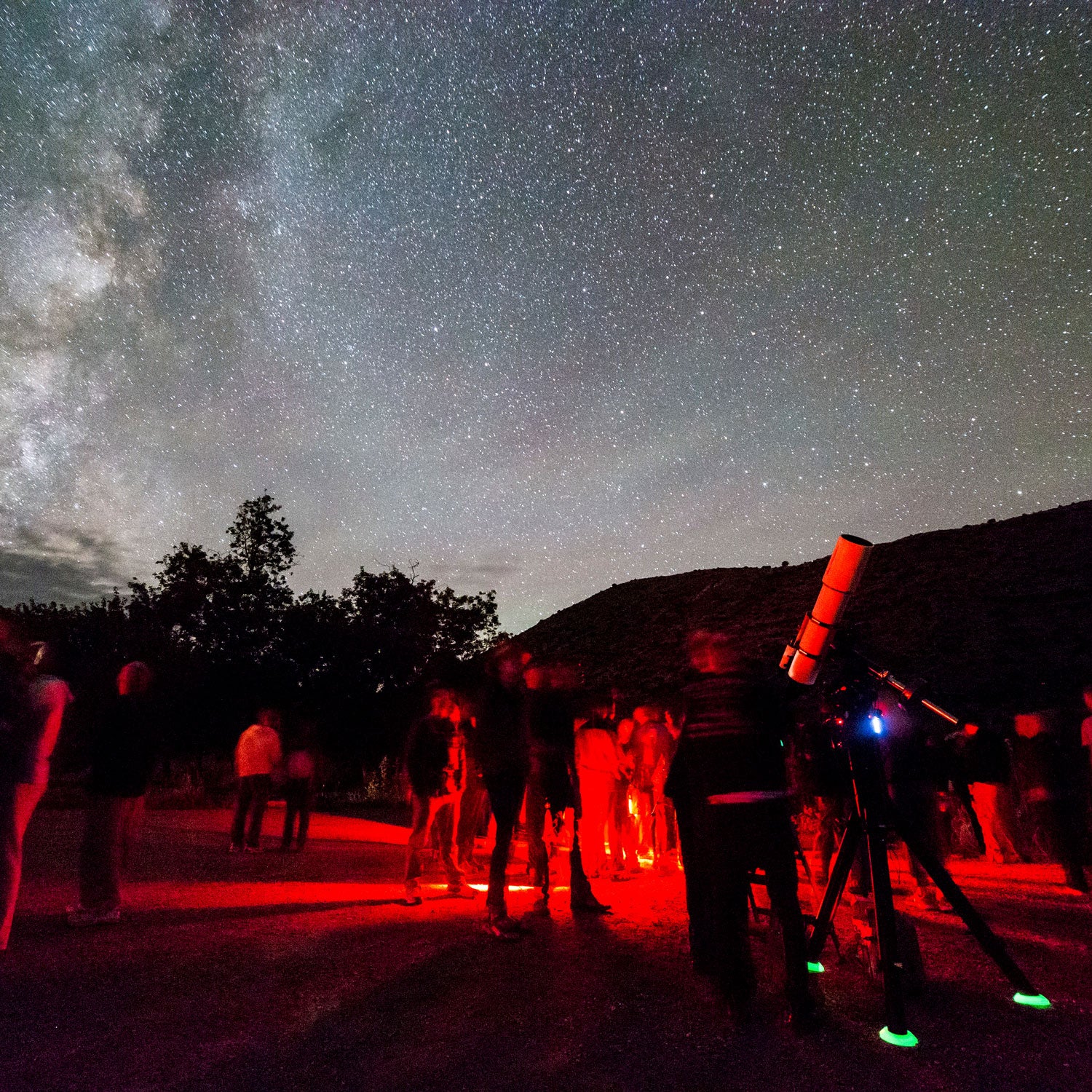This summer is slated to be a stellar one for stargazing. Saturn’s rings will be at nearly full tilt, providing quite a show if you have even a small telescope. In July, Mars will be about as close as it ever gets to Earth, meaning it’ll shine even brighter. Add to that the usual smattering of planets, constellations, and meteor showers, and you stand a good chance of seeing something spectacular in the night sky. But with light pollution threatening our view of the stars in many urban and suburban areas, the best way to get a good glimpse is to travel somewhere really, really dark. Here are some spots that won’t disappoint.
East Kemptville, Nova Scotia, Canada
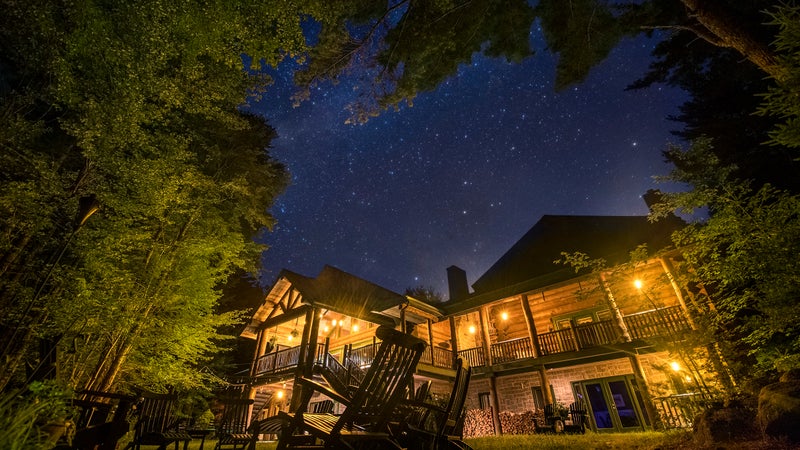
At this particularly remote spot in East Kemptville, Nova Scotia, you’ll get a front-row seat for mid-August’s Perseid meteor shower—you could see as many as 150 shooting stars per hour. The , located within the UNESCO Southwest Nova Scotia Biosphere Reserve and certified by the Starlight Foundation as the world’s first Starlight Hotel, offers astrophotography workshops, guided stargazing walks, and a 12-foot-high viewing platform equipped with the latest in telescope technology. Don’t miss the outdoor barrel sauna and wood-fire hot tub.
Gila National Forest, New Mexico
Located deep in southwest New Mexico’s Gila National Forest, the free is the first International Dark Sky Sanctuary in North America. What it lacks in facilities—the only amenities are toilets and camping spots—it more than makes up with a stellar, 360-degree view of the cosmos. To better preserve guests’ night vision, white flashlights are banned, campfires are not allowed on the observation pads, and visitors are asked to arrive before sunset. Be sure to visit for a calendar of classes, star parties, and astronomical events.
Jackson, Wyoming
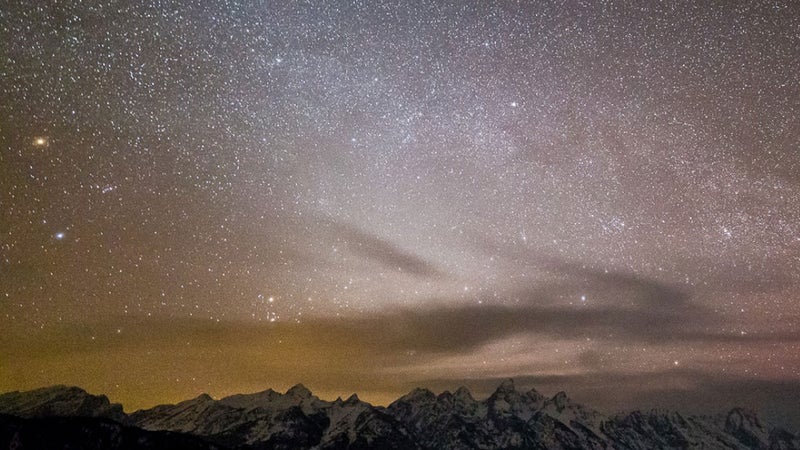
It’s dark enough in Jackson Hole that you can see the arms of the Milky Way Galaxy. offers guided outings in Grand Teton National Park, free Friday-night stargazing programs on the lawn outside the town’s Center for the Arts, and telescopes you can rent to check out the view on your own. Stay at the (from $237) and you can book a stargazing trip through the concierge and see the stars from the outdoor hot tub.
Bend, Oregon
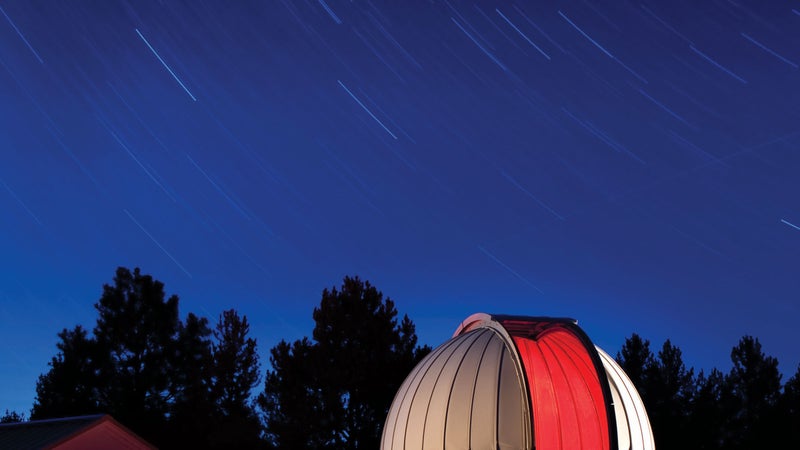
, 15 miles south of Bend, Oregon, takes its stargazing seriously. This sprawling 3,300-acre resort along the Deschutes River was once a World War II training facility and has its own observatory. A local ordinance restricts outdoor lighting to preserve the darkness. The observatory offers both daytime solar viewings and guided constellation tours at night. You can book a cabin or stay in a guestroom in the lodge (from $149).
Voyageurs National Park, Minnesota
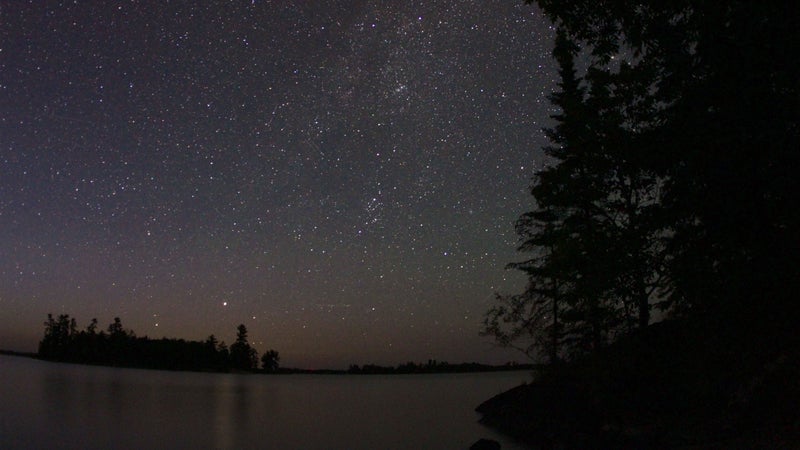
At , which includes four large lakes and 26 smaller ones along the Canadian border, you’re far enough removed from the state’s population centers that you can catch a good glimpse of the northern lights and meteor showers. The park offers a Night Explorer Junior Ranger program for kids who want to learn more about the starry sky. Most of the camping is accessible only by boat. Don’t have one? Pitch a tent at nearby on Kabetogama Lake ($14), or rent a houseboat from (from $335).
Castine, Maine
Maine has some of the last dark spots left on the United States’ overpopulated Eastern Seaboard. In Castine Harbor, runs paddle trips on weekends for stargazing and spotting glow-in-the-dark aquatic microorganisms. This summer, the company is offering specialty trips for the meteor showers and Mars at opposition, the farthest the planet gets from the sun and closest it’s been to Earth since 2003. A short drive away, the , taking place September 5 through 9 in Bar Harbor, offers workshops, speakers, and nightly viewings of the Milky Way.
Torrey, Utah
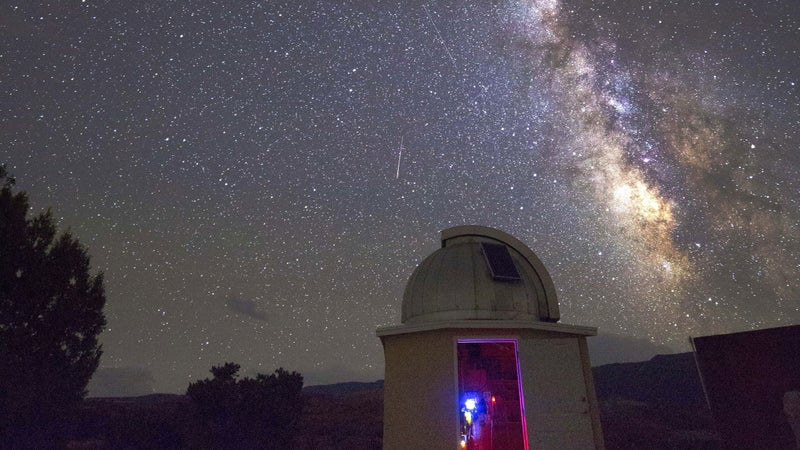
The town of Torrey, Utah, eight miles from the west entrance of Capitol Reef National Park, recently implemented stricter lighting ordinances, earning itself accreditation from the International Dark Sky Association as the state’s first dark sky community. Sleep under the stars at Capitol Reef National Park’s ($20) and take a night-sky tour from visiting astronomers within the park. Be sure to check out the occasional stargazing parties at .


